Distance learning is facing a critical moment finding a balance between high quality education for remote students and engaging them in hands-on learning. This is particularly relevant for project-based classrooms and makerspaces, which typically...
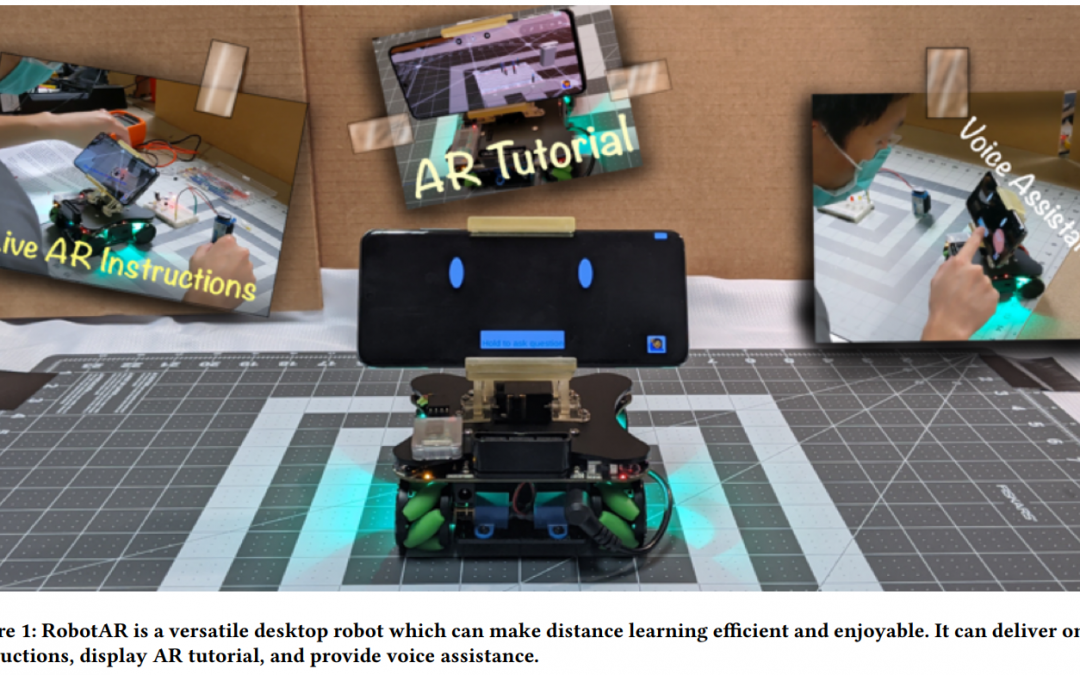

Distance learning is facing a critical moment finding a balance between high quality education for remote students and engaging them in hands-on learning. This is particularly relevant for project-based classrooms and makerspaces, which typically...

Light painting photos are created by moving light sources in mid-air while taking a long exposure photo. However, it is challenging for novice users to leave accurate light traces without any spatial guidance. Therefore, we present LightPaintAR, a...

Modern manufacturing processes are in a state of flux, as they adapt to increasing demand for flexible and self-configuring production. This poses challenges for training workers to rapidly master new machine operations and processes, i.e. machine...

There is an increasing trend of Virtual-Reality (VR) applications found in education, entertainment, and industry. Many of them utilize real world tools, environments, and interactions as bases for creation. However, creating such applications is...
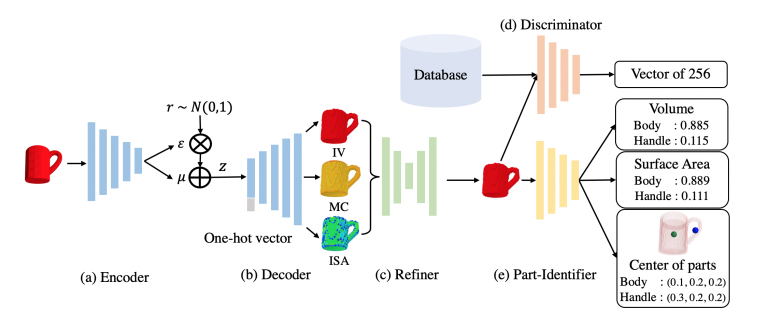

Abstract: First-person-view videos of hands interacting with tools are widely used in the computer vision industry. However, creating a dataset with pixel-wise segmentation of hands is challenging since most videos are captured with fingertips...
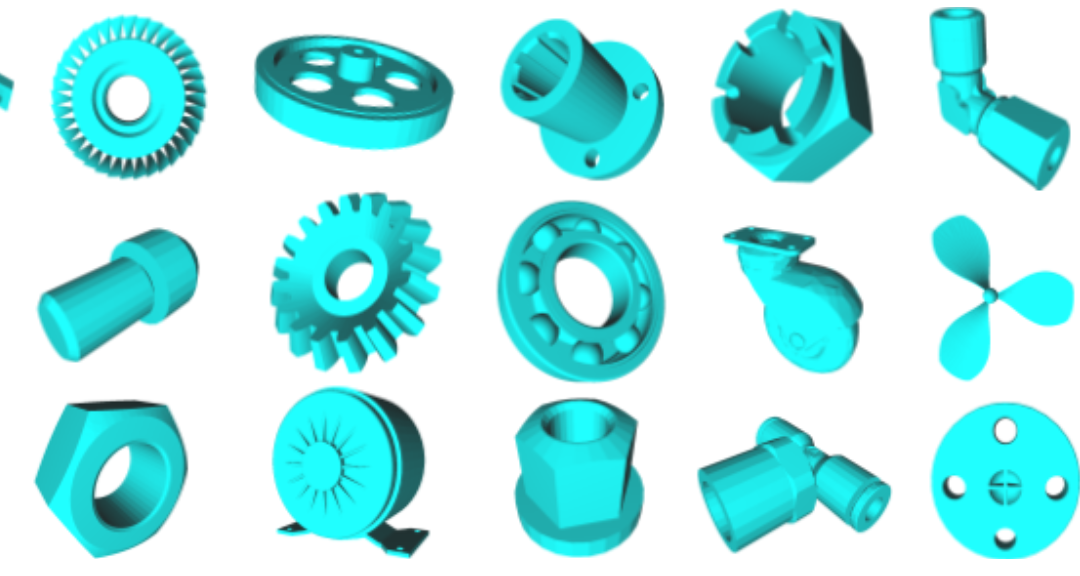
We introduce a large-scale annotated mechanical components benchmark for classification and retrieval tasks named Mechanical Components Benchmark (MCB): a large-scale dataset of 3D objects of mechanical components. The dataset enables data-driven...
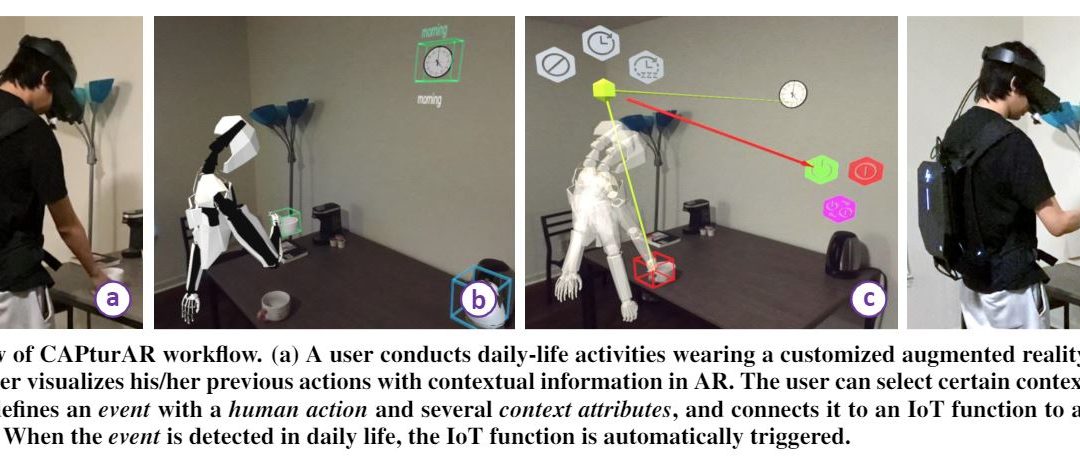
Recognition of human behavior plays an important role in context-aware applications. However, it is still a challenge for end-users to build personalized applications that accurately recognize their own activities. Therefore, we present CAPturAR,...

Makerspaces can support educational experiences in prototyping for children. Storytelling platforms enable high levels of creativity and expression, but have high barriers of entry. We introduce StoryMakAR, which combines making and storytelling....

Mobile robots and IoT (Internet of Things) devices can increase productivity, but only if they can be programmed by workers who understand the domain. This is especially true in manufacturing. Visual programming in the spatial context of the...

Machine tasks in workshops or factories are often a compound sequence of local, spatial, and body-coordinated human-machine interactions. Prior works have shown the merits of video-based and augmented reality (AR) tutoring systems for local tasks....
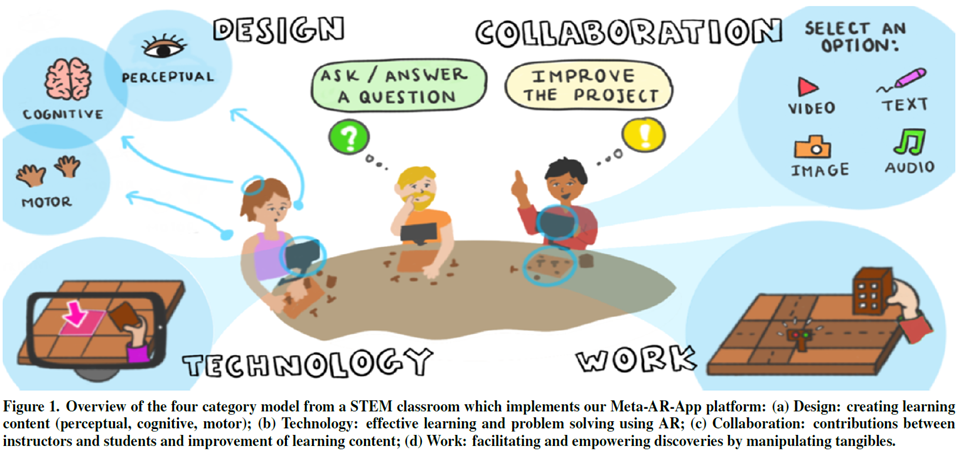
Augmented Reality (AR) has become a valuable tool for education and training processes. Meanwhile, cloud-based technologies can foster collaboration and other interaction modalities to enhance learning. We combine the cloud capabilities with AR...
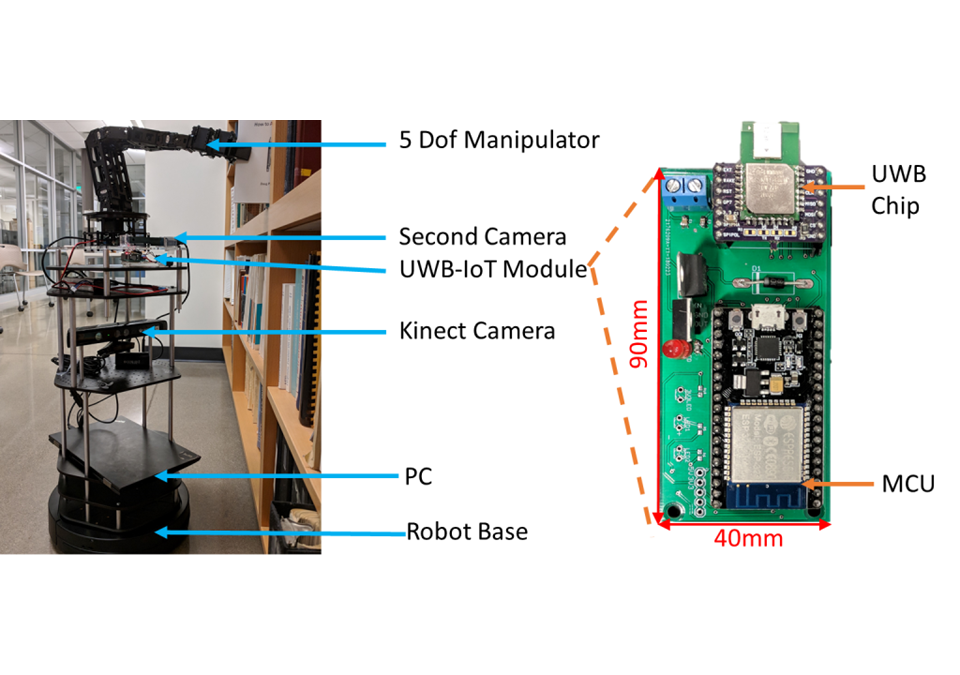
The emerging simultaneous localization and mapping (SLAM) techniques enable robots with the spatial awareness of the physical world. However, such awareness remains at a geometric level. We propose an approach for quickly constructing a smart...
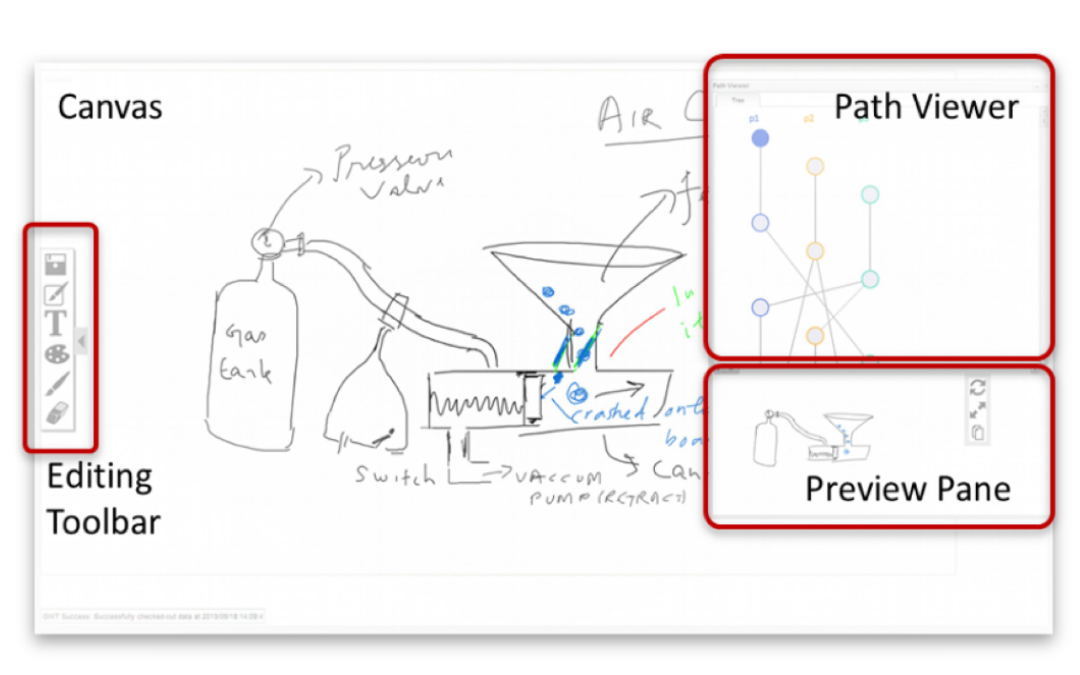
Engineering design typically occurs as a collaborative process situated in specific context such as computer-supported environments, however there is limited research examining the dynamics of design collaboration in specific contexts. In this...
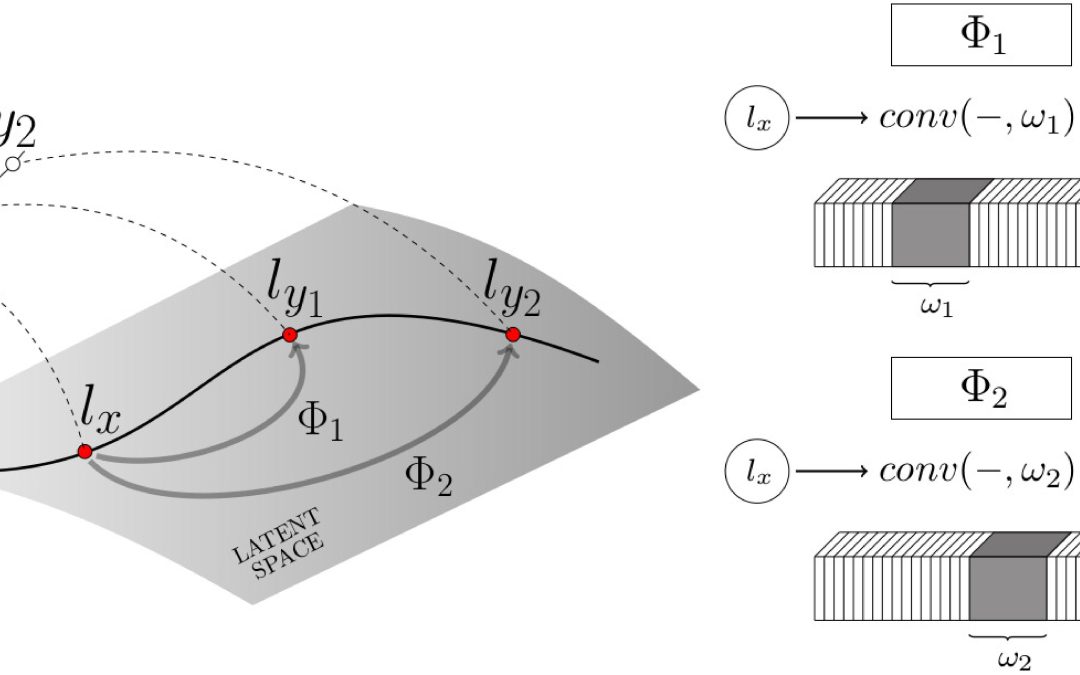
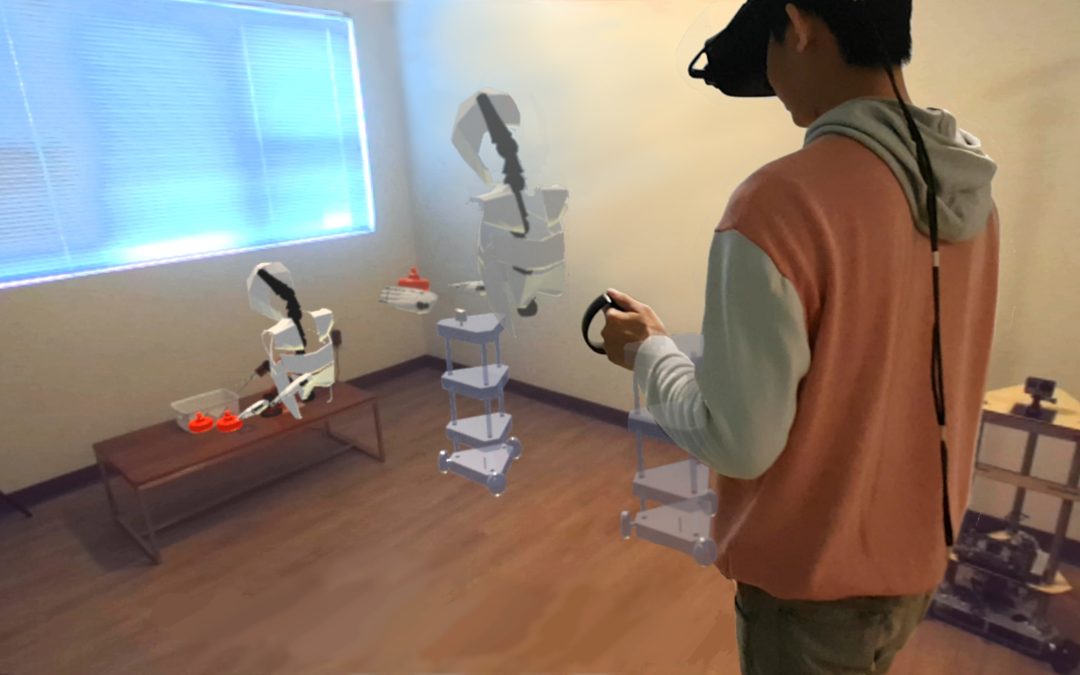
We present GhostAR, a time-space editor for authoring and acting Human-Robot-Collaborative (HRC) tasks in-situ. Our system adopts an embodied authoring approach in Augmented Reality (AR), for spatially editing the actions and programming the robots...
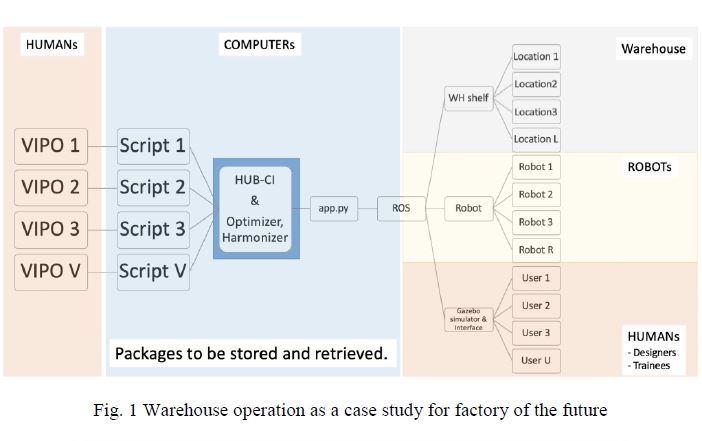
Rapid advances in production systems’ models and technology continually challenge manufacturers preparing for the factories of the future. To address the complexity issues typically coupled with the improvements, we have developed a brain-inspired...
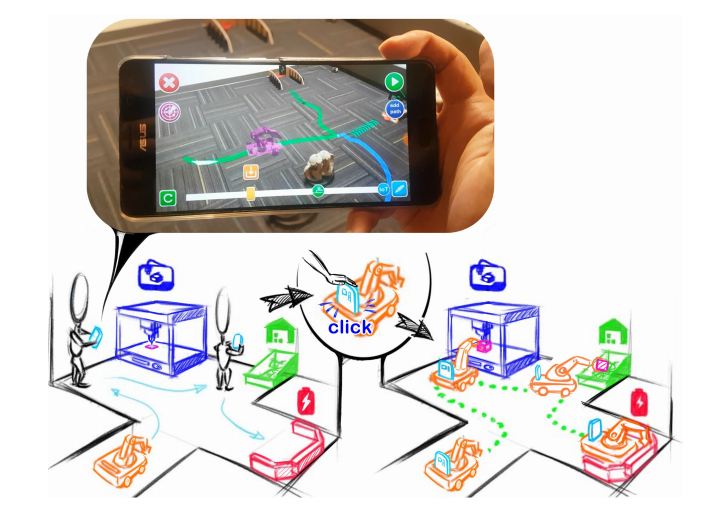
We present V.Ra, a visual and spatial programming system for robot-IoT task authoring. In V.Ra, programmable mobile robots serve as binding agents to link the stationary IoTs and perform collaborative tasks. We establish an ecosystem that...
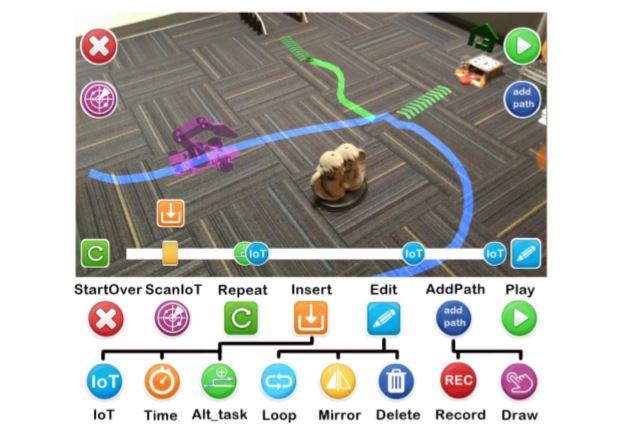
We present V.Ra, a visual and spatial programming system for robot-IoT task authoring. In V.Ra, programmable mobile robots serve as binding agents to link the stationary IoTs and perform collaborative tasks. We establish an ecosystem that...

Implementing advanced big data (BD) analytic is significant for successful incorporation of artificial intelligence in manufacturing. With the widespread deployment of smart sensors and internet of things (IOT) in the job shop, there is an...
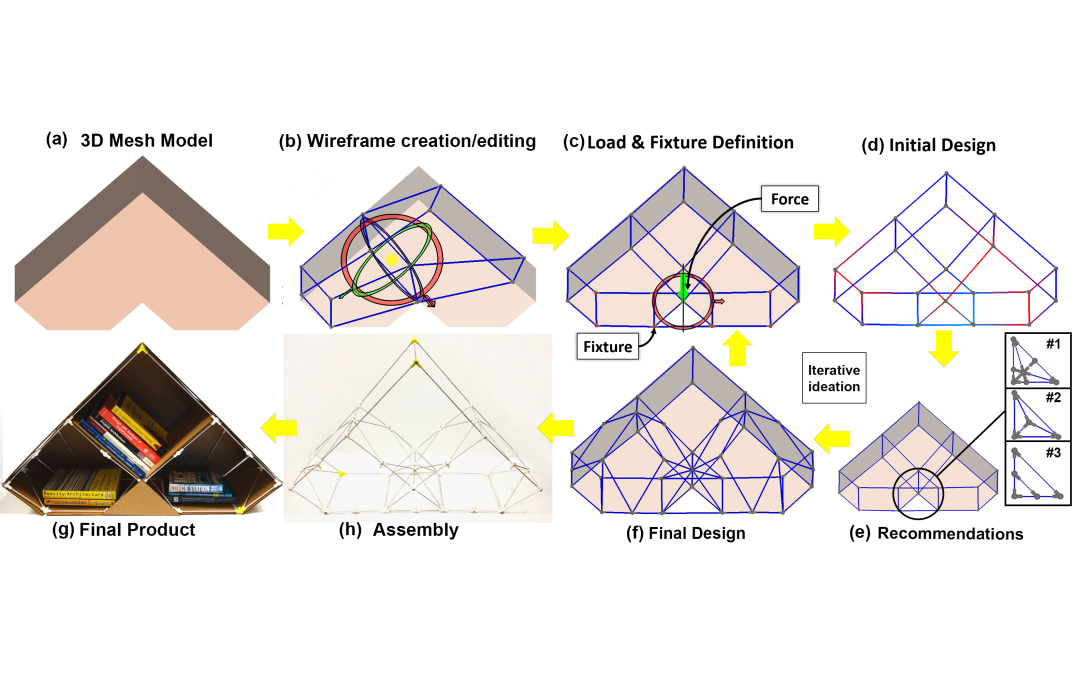
Current Computer-Aided Design (CAD) tools lack proper support for guiding novice users towards designs ready for fabrication. We propose Shape Structuralizer (SS), an interactive design support system that repurposes surface models into structural...
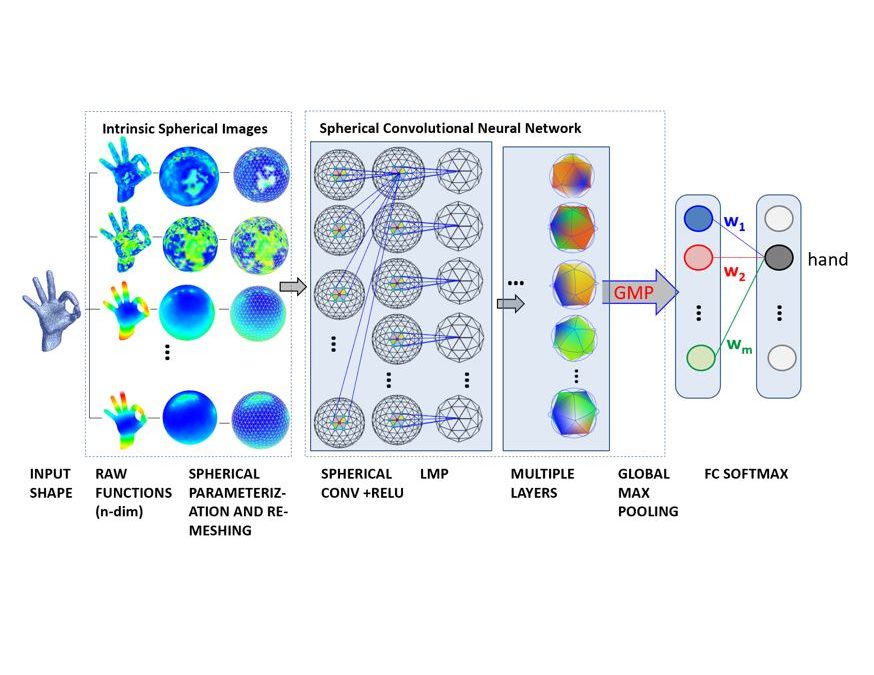
The ground-breaking performance obtained by deep convolutional neural networks (CNNs) for image processing tasks is inspiring research efforts attempting to extend it for 3D geometric tasks. One of the main challenge in applying CNNs to 3D shape...
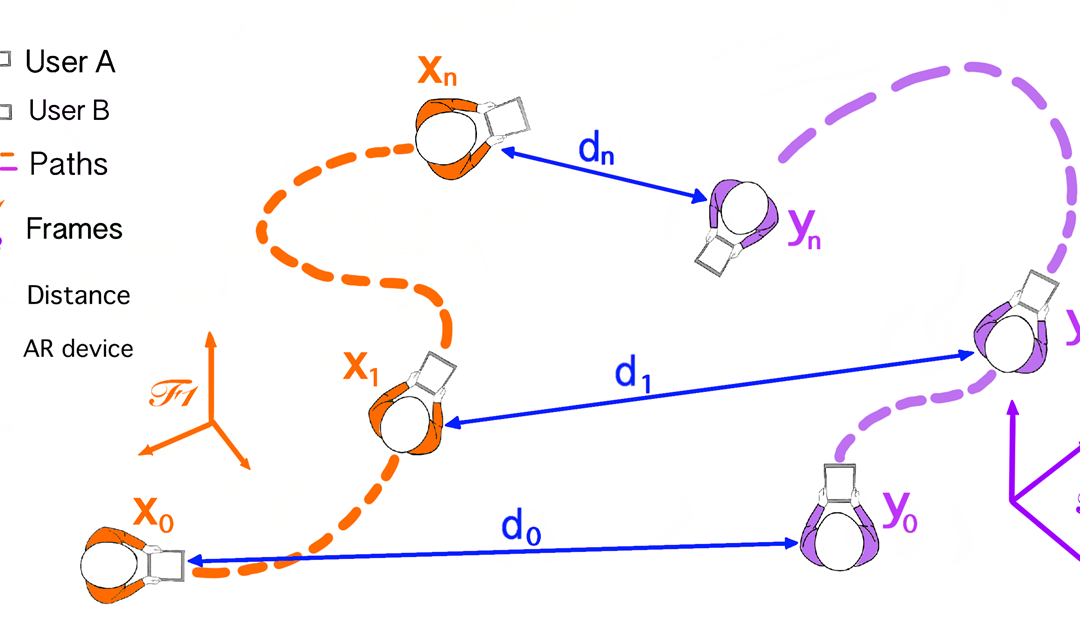
We present SynchronizAR, an approach to spatially register multiple SLAM devices together without sharing maps or involving external tracking infrastructures. SynchronizAR employs a distance based indirect registration which resolves the...

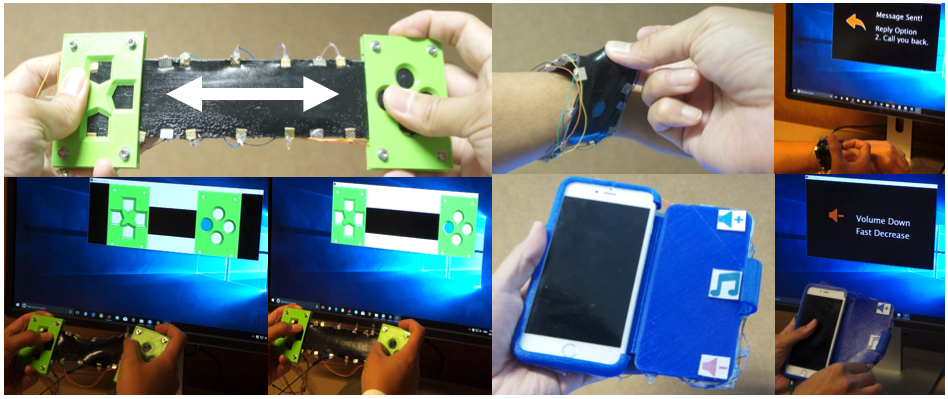
Abstract: We introduce MultiSoft, a multilayer soft sensor capable of sensing real-time contact localization, classification of deformation types, and estimation of deformation magnitudes. We propose a multimodal sensing pipeline that carries out...
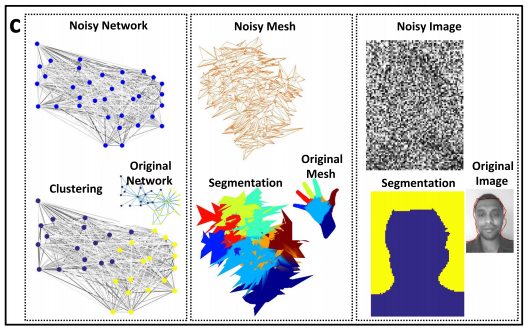
The study of network topology provides insight into the function and behavior of physical, social, and biological systems. A natural step towards discovering the organizing principles of these complex topologies is to identify a reduced network...
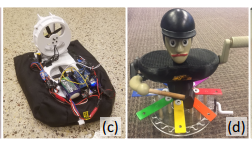
This study explores the use of mini-fabrication exercises for helping students learn design for rapid prototyping in computeraided design and prototyping courses in engineering curricula. To this end, we conducted mini-fabrication exercises in...
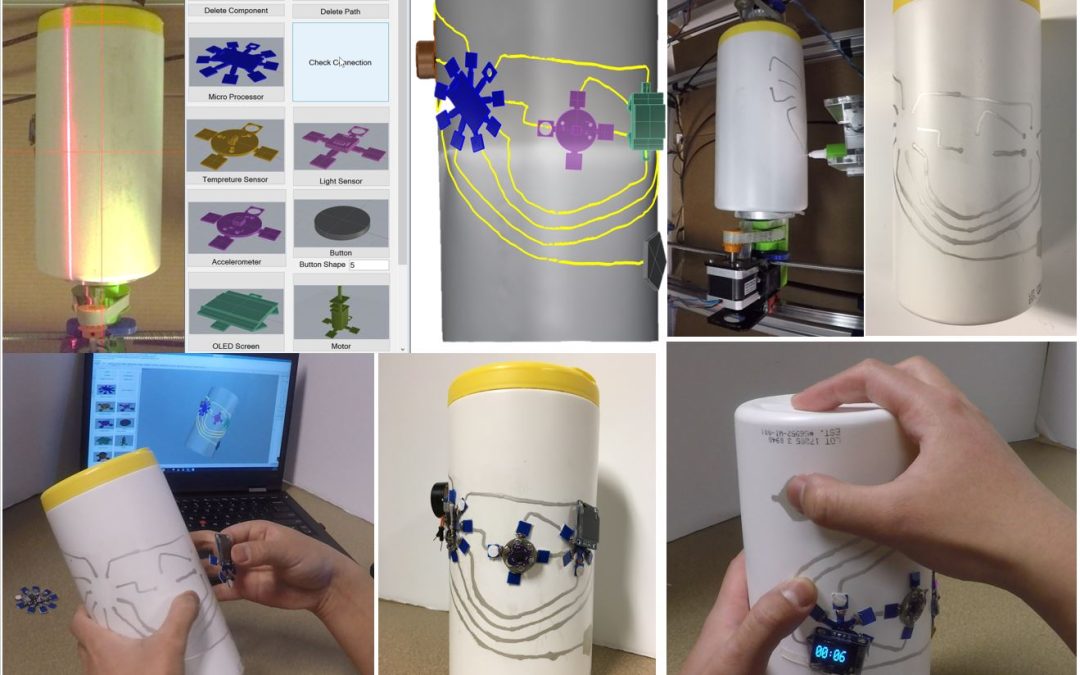
The growing makers’ community demands better supports for designing and fabricating interactive functional objects. Most of the current approaches focus on embedding desired functions within new objects. Instead, we advocate repurposing the...
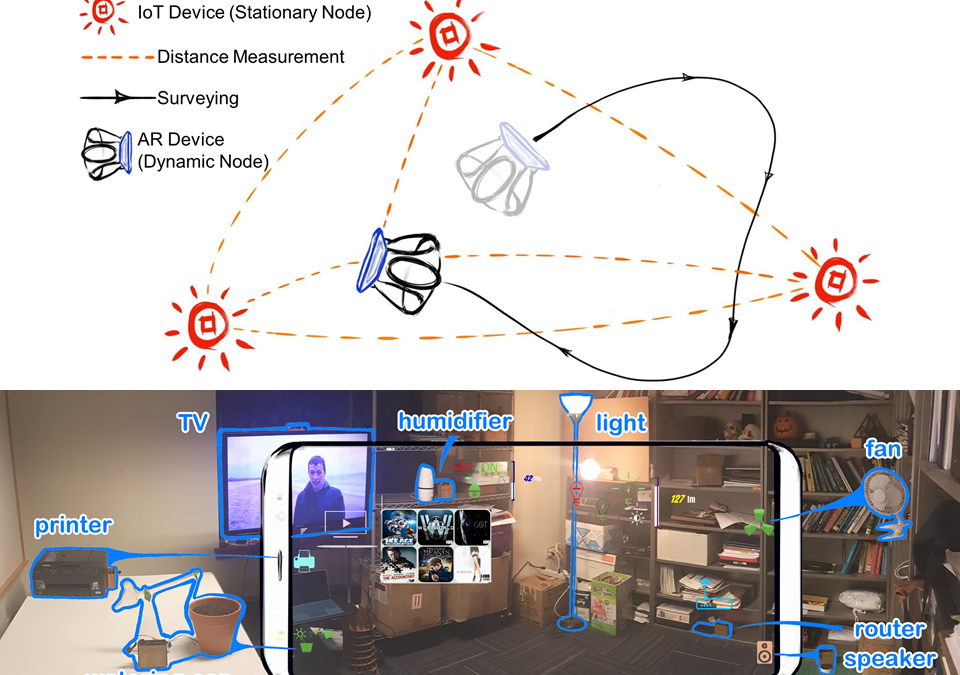
The emerging simultaneous localizing and mapping (SLAM) based tracking technique allows the mobile AR device spatial awareness of the physical world. Still, smart things are not fully supported with the spatial awareness in AR. Therefore, we...

The growing makers’ community demands better supports for designing and fabricating interactive functional objects. Most of the current approaches focus on embedding desired functions within new objects. Instead, we advocate re-purposing the...

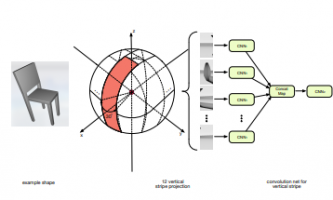
In this paper, we introduce a new method for classifying 3D objects. Our main idea is to project a 3D object onto a spherical domain centered around its barycenter and develop neural network to classify the spherical projection. We introduce two...
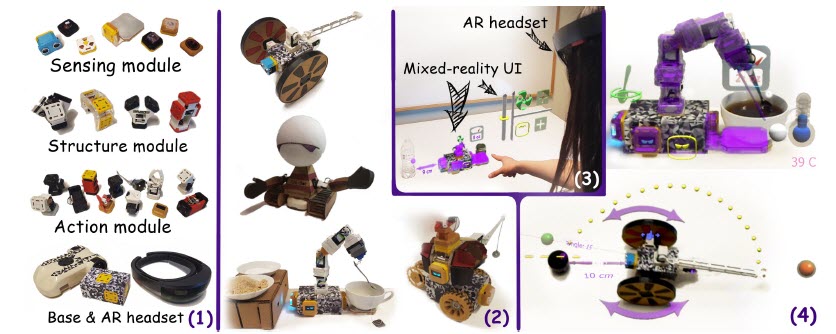

We present iSoft, a single volume soft sensor capable of sensing real-time continuous contact and unidirectional stretching. We propose a low-cost and an easy way to fabricate such piezoresistive elastomer-based soft sensors for instant...
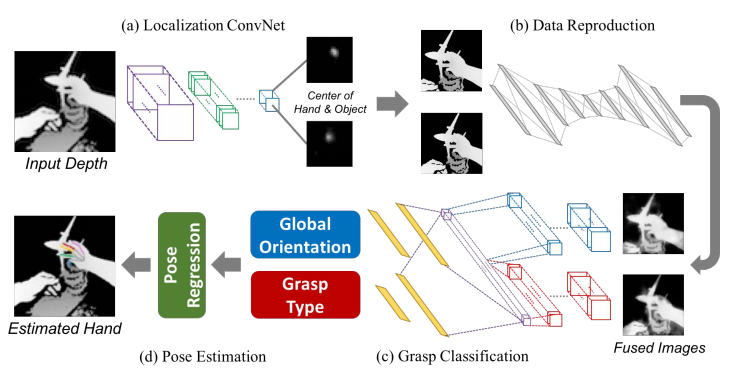
Abstract: This paper proposes a robust solution for accurate 3D hand pose estimation in the presence of an external object interacting with hands. Our main insight is that the shape of an object causes a configuration of the hand in the form of a...
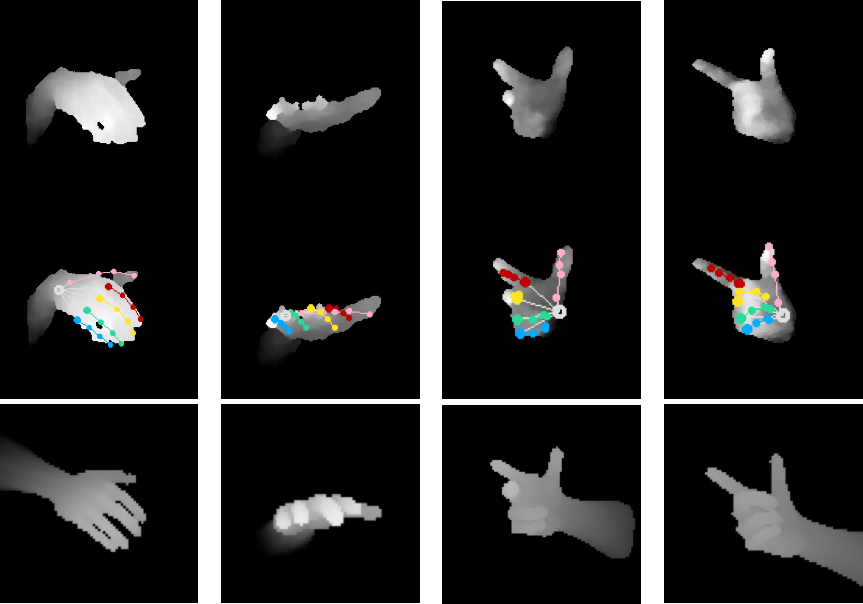
We propose a robust hand pose estimation method by learning hand articulations from depth features and auxiliary modality features. As an additional modality to depth data, we present a function of geometric properties on the surface of the hand...
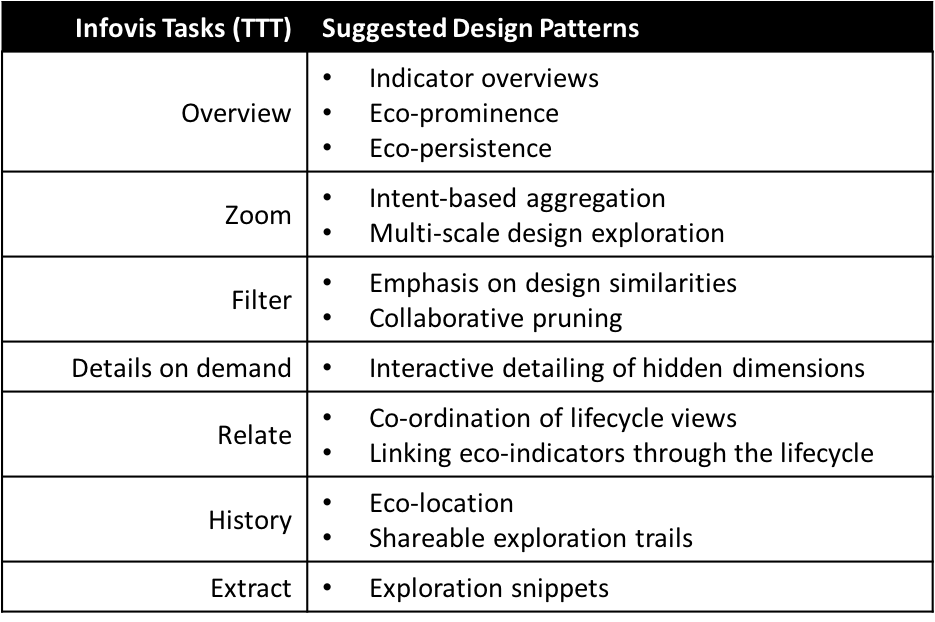
Most design activities involve exploring and comparing existing designs. Thus, adopting an eco-conscious approach in the design exploration process can aid environmentally sustainable product design (SPD). One approach for supporting exploration in...

The rapid rise in technologies for data collection has created an unmatched opportunity to advance the use of data-rich tools for lifecycle decision-making. However, the usefulness of these technologies is limited by the ability to translate...
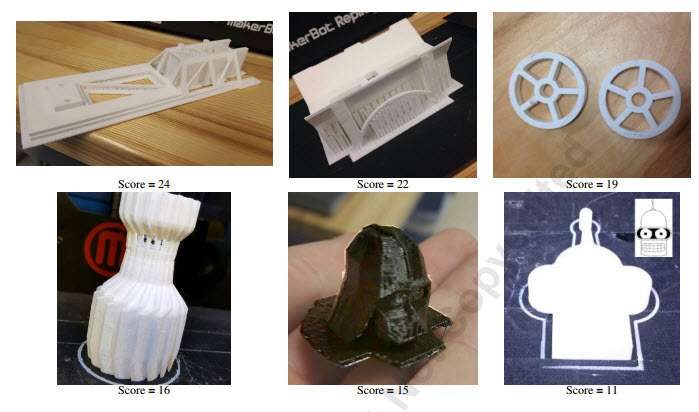
Additive manufacturing (AM) technologies have become integral to the modern manufacturing process. These roles are filled both in prototyping and production. Many studies have been conducted and lists been written on guidelines for AM. While these...
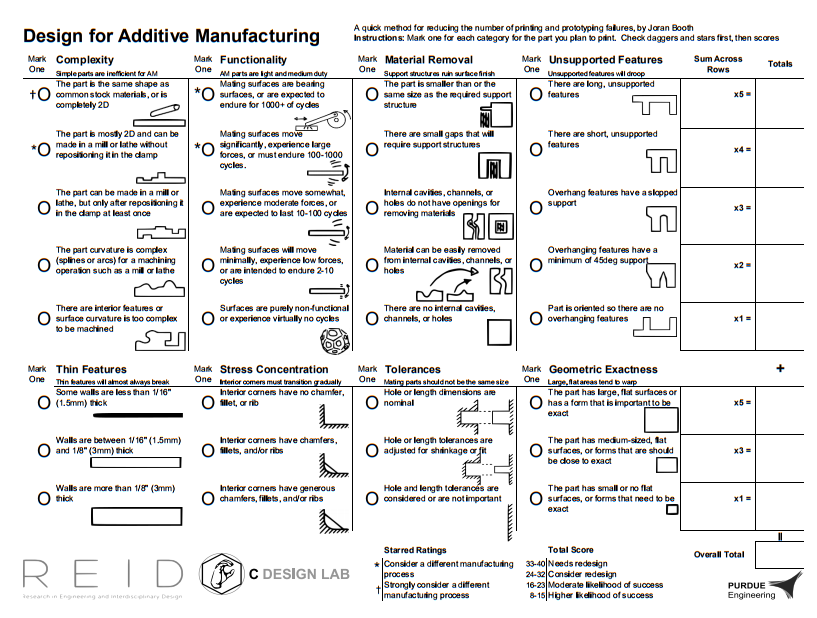
Additive manufacturing (AM) technologies have become integral to modern prototyping and manufacturing. Therefore, guidelines for using AM are necessary to help users new to the technology. Many others have proposed useful guidelines, but these are...
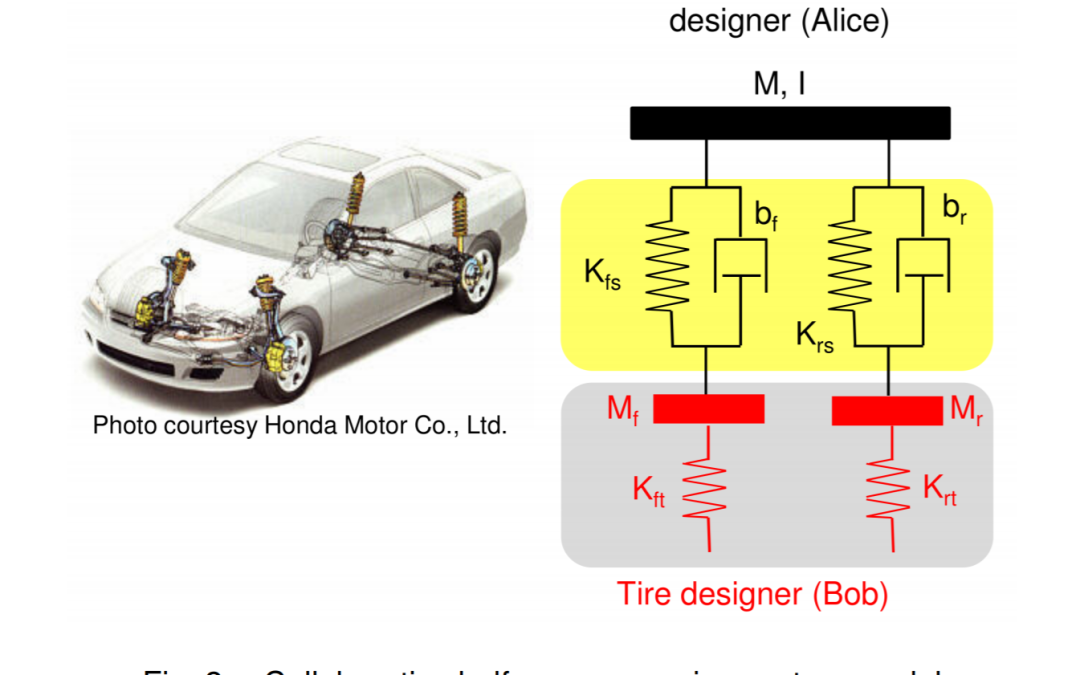
The goal in this paper is to enable collaboration in the co-design of engineering artifacts when participants are reluctant to share their design-related confidential and proprietary information with other co-designers, even though such information...
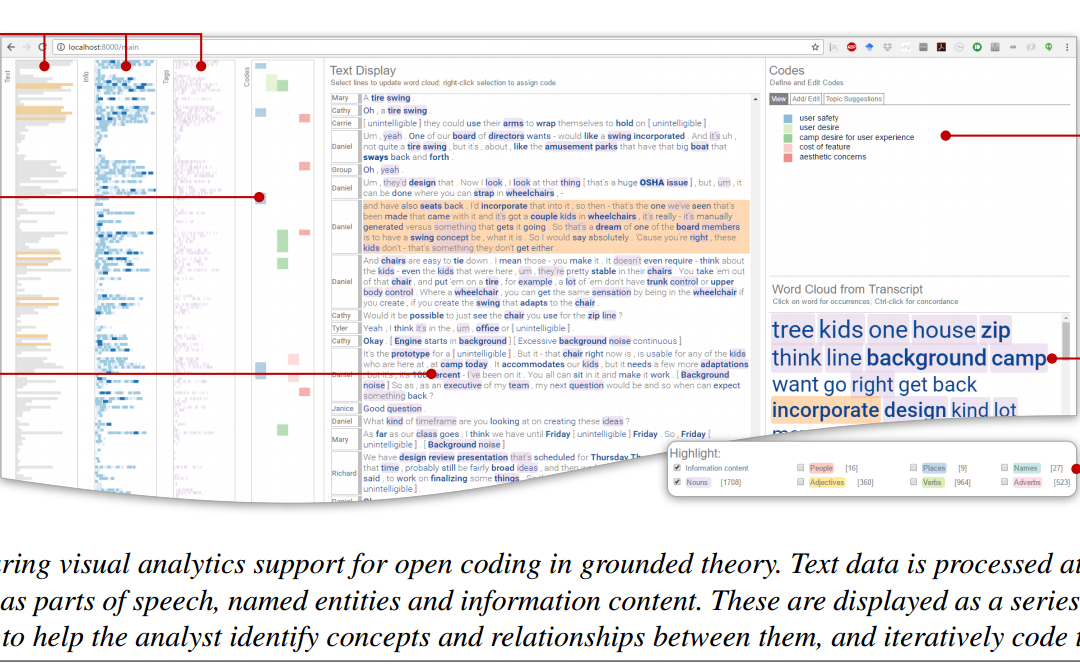
We present an argument for using visual analytics to aid Grounded Theory methodologies in qualitative data analysis. Grounded theory methods involve the inductive analysis of data to generate novel insights and theoretical constructs. Making sense...

Despite its grounding in creativity techniques, merging multiple source sketches to create new ideas has received scant attention in design literature. In this paper, we identify the physical operations that in merging sketch components. We also...

The societal demand for inspiring and engaging science, technology, engineering, and mathematics (STEM) students and preparing our workforce for the emerging creative economy has necessitated developing students self-efficacy and understanding of...
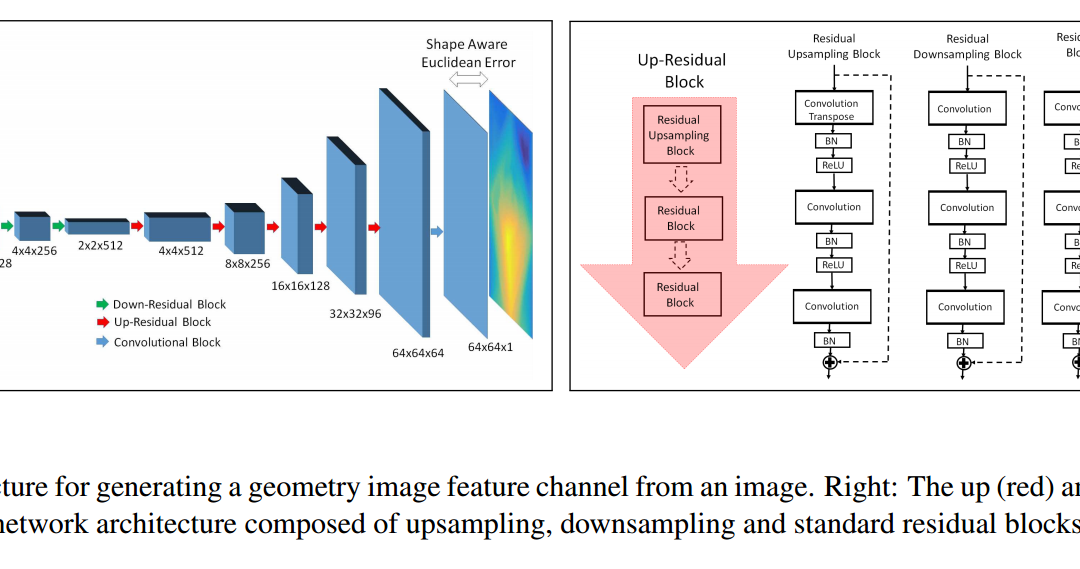
3D shape models are naturally parameterized using vertices and faces, i.e., composed of polygons forming a surface. However, current 3D learning paradigms for predictive and generative tasks using convolutional neural networks focus on a...

Personalization is an emerging manufacturing paradigm towards meeting diversified customer needs. This paper proposes a framework for producing personalized products efficiently. An approach for optimal mix of different module types is proposed in...
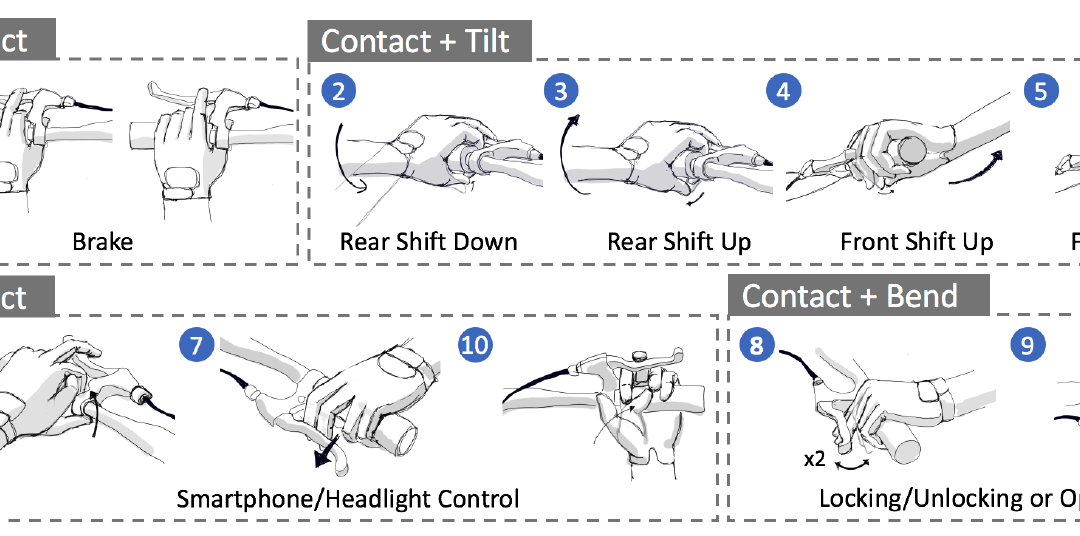
Abstract: The use of hand gestures has a potential as a promising input metaphor. Wearables like smart textile and data gloves can provide hand gesture recognition to potentially replace, augment or improve existing input methods. Although recent...
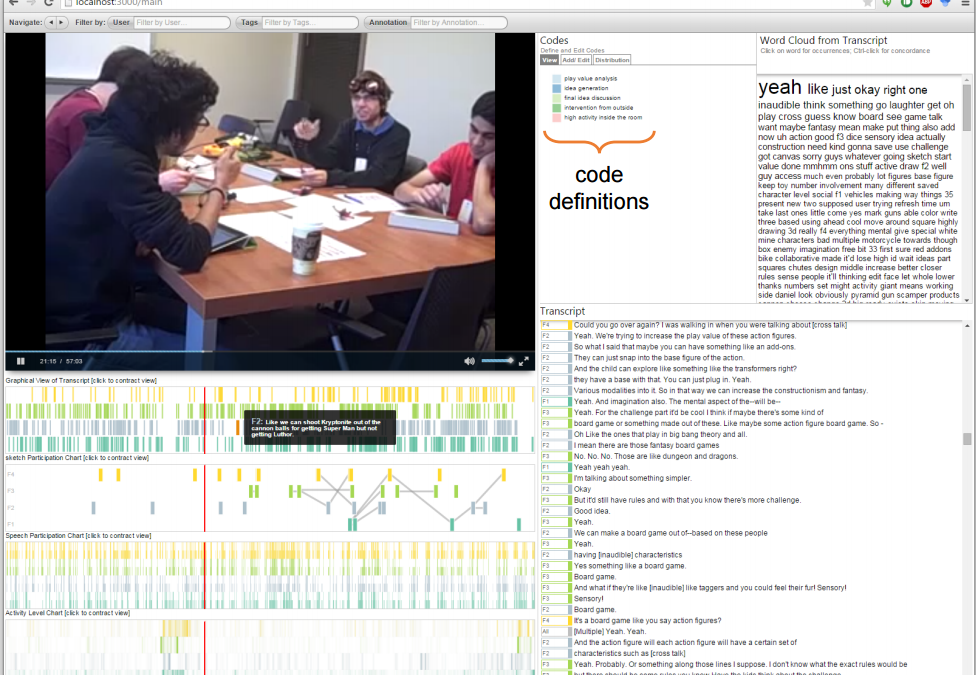
Design protocol analysis is a technique to understand designers’ cognitive processes by analyzing sequences of observations on their behavior. These observations typically use audio, video, and transcript data in order to gain insights into the...
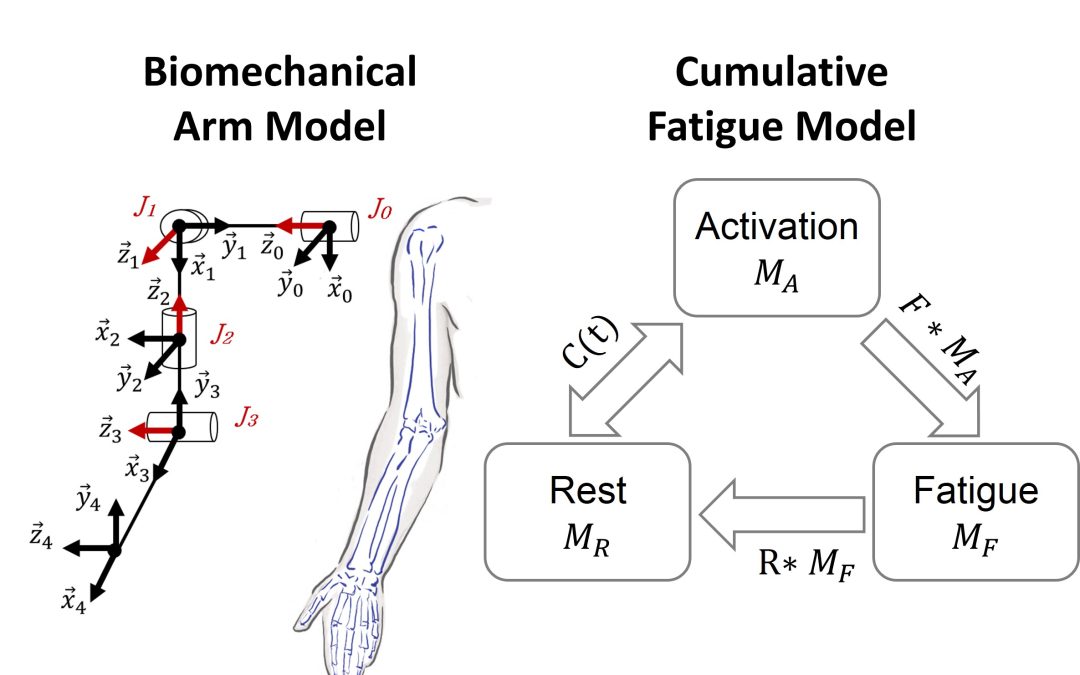
Quantifying cumulative arm muscle fatigue is a critical factor in understanding, evaluating, and optimizing user experience during prolonged mid-air interaction. A reasonably accurate estimation of fatigue requires an estimate of an individual's...
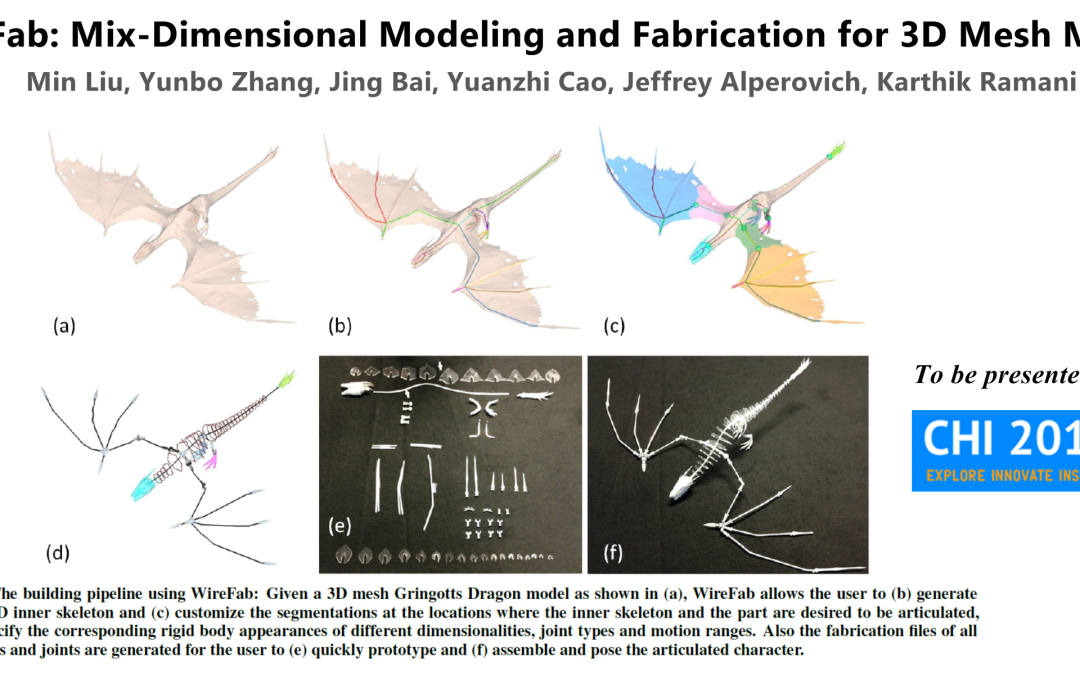
We propose WireFab, a rapid modeling and prototyping system that uses bent metal wires as the structure framework. WireFab approximates both the skeletal articulation and the skin appearance of the corresponding virtual skin meshes, and it allows...